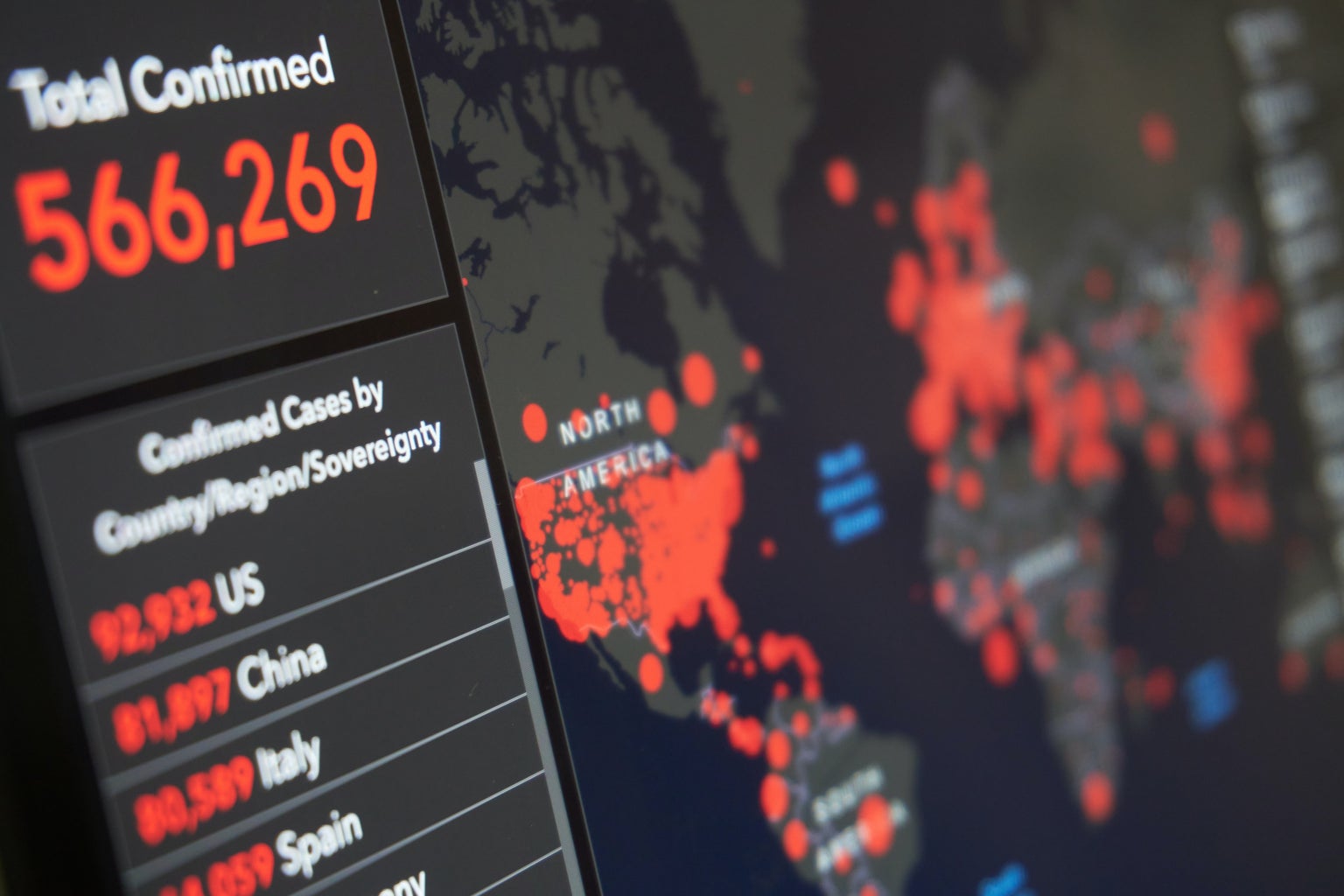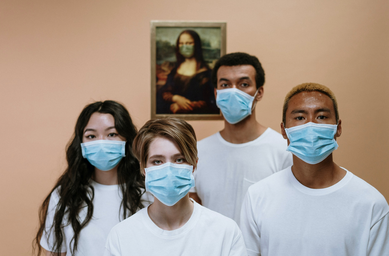1. Is America All That Innocent?

2. The online currency system plays a part.

3. Simulation: Dark Winter (2001)
The project enacts a war game examination where national security, intergovernmental and information challenges arise on American land. They examined how a health crisis affected 25 states and 15 other countries. In the game, it took about 13 days for the disease to spread, and present were observers who watched terrorism and chaos in slow motion. The Center for Strategic and International Studies hosted the simulation, along with the Johns Hopkins Center for Civilian Biodefense Studies and several other industries. Among the findings and discoveries from the project was, “should a contagious bioweapon pathogen be used, containing the spread of disease will present significant ethical, cultural, operational and legal challenges.” It seems as though America prepared and studied before COVID-19 happened, and their findings are similar to the issues we face today. Should the public question as to why these simulations took place? Or what is the initial meaning behind formulating such exercises?
4. Simulation: Global Mercury (2003)
On Sep. 8, 2003, the U.S Department of Health and Human Services and other government officials met for yet another tabletop bioterrorism exercise. Global Mercury was used to “simulate a smallpox bioterrorism attack on member countries.” The reason for this matter was to reform and improve health security nationwide. The question remains as to who or what is causing these invisible enemies? The front-line workers that are preventing and healing individuals do not go unnoticed and are respected by the public. The same goes for the lives that have been lost due to the pandemic.
5. Simulation: Atlantic Storm (2005)
During this ministerial simulation, transatlantic leaders enacted how they would respond to a fast-moving global epidemic. Atlantic Storm resembles the current situation the economy is facing. More information on the interactive show is available on its webpage. Videos are shown from BBC Newsnight in addition to articles on navigating, the sponsoring and executive committees in support of the simulation.
6. Simulation: Clade X (2018)
To develop concise and effective strategic procedures, on May 15, 2018, many officials gathered in Washington, DC for the Clade X tabletop exercise. It showed how the United States and the world should behave to prevent the pandemic. Other plans were discussed in case the prevention measures did not succeed. Among the recommended tactics, number four on the list reads “develop a national plan to effectively harness all U.S. healthcare assets in a catastrophic pandemic.” The policies highlighted how America should prepare but not exactly “what” would cause these viruses to unleash on America. To what extent are these things going to be enforced?
7. Simulation: Event 201 (2019)

With enacting these sorts of situations, it is clear to many that the United States government knows more than we all do.
Want to see more HCFSU? Be sure to like us on Facebook and follow us on Instagram, Twitter, TikTok, Youtube and Pinterest!



